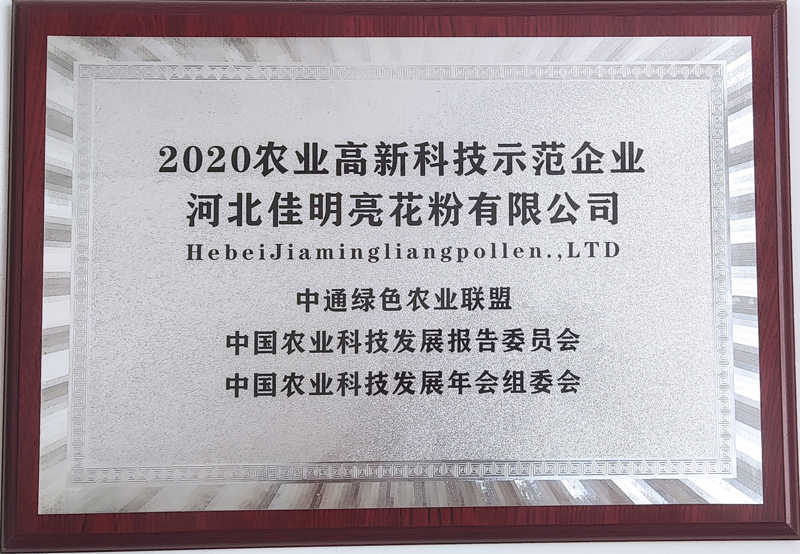Okt . 02, 2024 19:29 Back to list
Pear Pollen Compatibility for Optimal Fruit Set and Cross-Pollination Strategies
Understanding Pear Pollen Compatibility and Its Importance in Cultivation
Pear trees, like many other fruit trees, rely on pollination for the production of fruit. The success of this process hinges on the compatibility of the pollen from one flower to the stigma of another. This compatibility is essential for the fertilization needed to produce healthy fruits. Understanding pear pollen compatibility is crucial for both amateur and professional horticulturists aiming to grow juicy and abundant pears.
The Biology of Pear Pollination
Pear trees typically require cross-pollination to set fruit. This means that pollen from one pear variety must fertilize the ovules of another. While some varieties may be self-pollinating, many produce better yields when they are cross-pollinated. The process involves the transfer of pollen from the male reproductive parts (anthers) of one bloom to the female reproductive parts (stigma) of another blossom. Successful fertilization occurs when the pollen is compatible.
Factors Affecting Pollen Compatibility
1. Varietal Relations Not all pear varieties can effectively pollinate one another. For instance, a Bartlett pear will not be compatible with another Bartlett pear but can be successfully cross-pollinated with varieties such as Bosc or Anjou. Understanding which varieties are compatible is essential for effective orchard management.
2. Bloom Time Successful cross-pollination also depends on the timing of the bloom. The flowering period of the two varieties must overlap; otherwise, the pollen may not be available when the stigma is receptive. Growers should consider plant hardiness zones and seasonal weather patterns when selecting varieties to plant together.
3. Pollen Viability and Quality The viability of the pollen itself plays a critical role. Fresh, high-quality pollen is more likely to lead to successful fertilization. Factors such as weather, diseases, and tree health can affect pollen quality.
pear pollen compatibility product

Enhancing Pear Pollen Compatibility
To maximize fruit production in pear orchards, several strategies can be implemented
- Diverse Planting Planting multiple varieties that are known to be compatible can greatly enhance yield. This diversification ensures that there is always pollen available when the flowers bloom.
- Pollinator Attracting Plants Incorporating other flowering plants can attract pollinators, such as bees, which are vital for effective pollen transfer. This can lead to increased pollination rates and improved fruit set.
- Regular Pruning Keeping trees healthy and well-maintained encourages robust growth and maximizes bloom potential. Pruning helps ensure good air circulation and sunlight penetration, leading to healthier blooms.
Conclusion
Understanding pear pollen compatibility is fundamental for anyone interested in pear cultivation. By selecting compatible varieties, timing the planting to ensure overlapping blooms, and focusing on tree health, growers can significantly improve their chances of a bountiful harvest. As hobbyists and commercial farmers alike seek to grow high-quality fruit, knowledge of pollen compatibility will remain an invaluable asset in the realm of horticulture. With careful planning and the right practices, the sweet rewards of a fruitful pear harvest are well within reach.
-
KiwiPollen with GPT-4 Turbo: AI Health Supplement Boost
NewsAug.01,2025
-
Pollen Peach Tree AI Management with GPT-4-Turbo
NewsJul.31,2025
-
Eco Fruit Paper Bags for Peak Freshness | Durability Focused
NewsJul.31,2025
-
Pollen Peach Tree for Pure Pollination and High-Quality Peach Pollen
NewsJul.30,2025
-
Premium Cherry Pollen for Pure Pollination & Different Types
NewsJul.30,2025
-
Artificial Pollination Solutions for Various Plant Pollen Types
NewsJul.29,2025